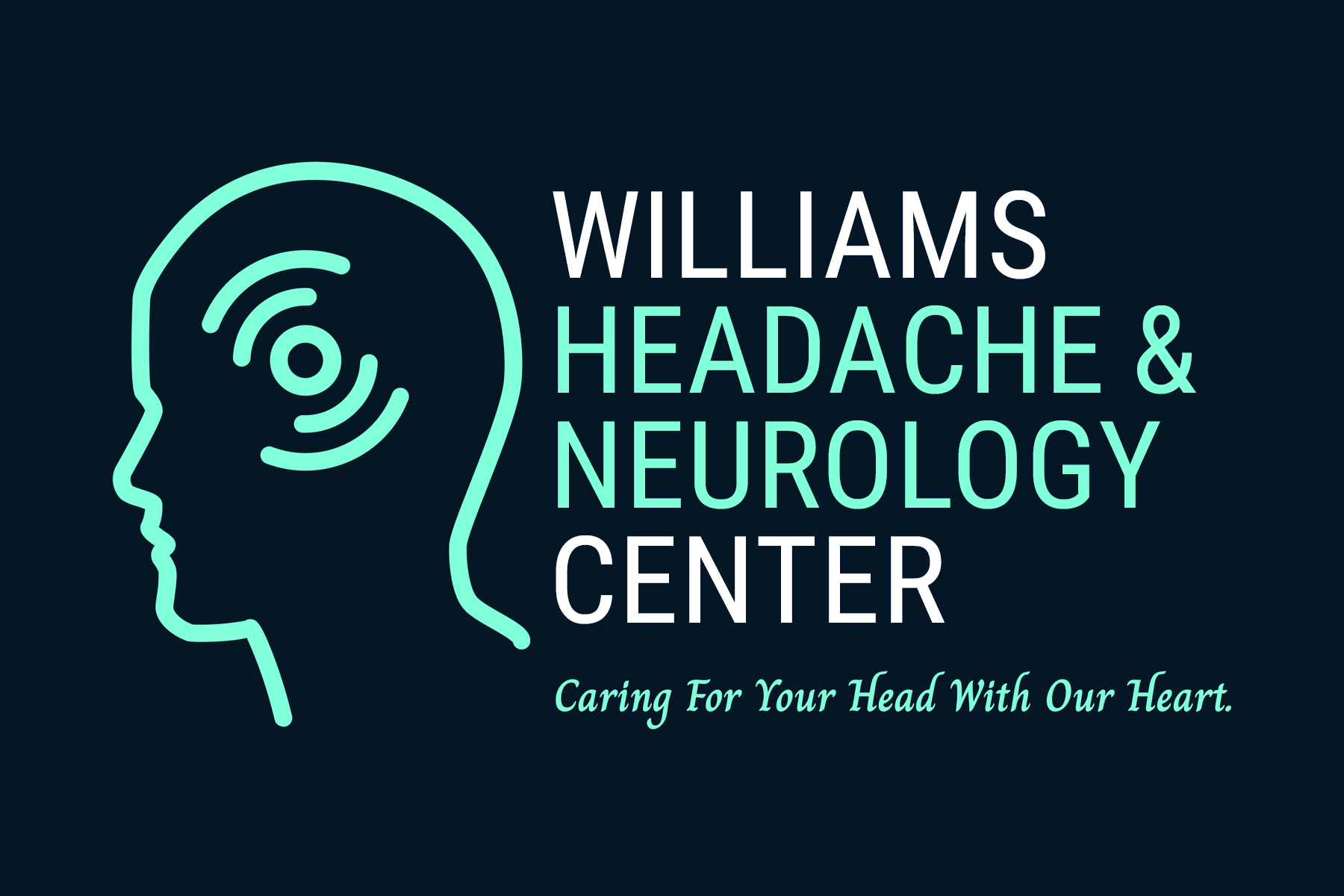* Dr. Williams sees patients that are 18 years or older
Headache Types Treated
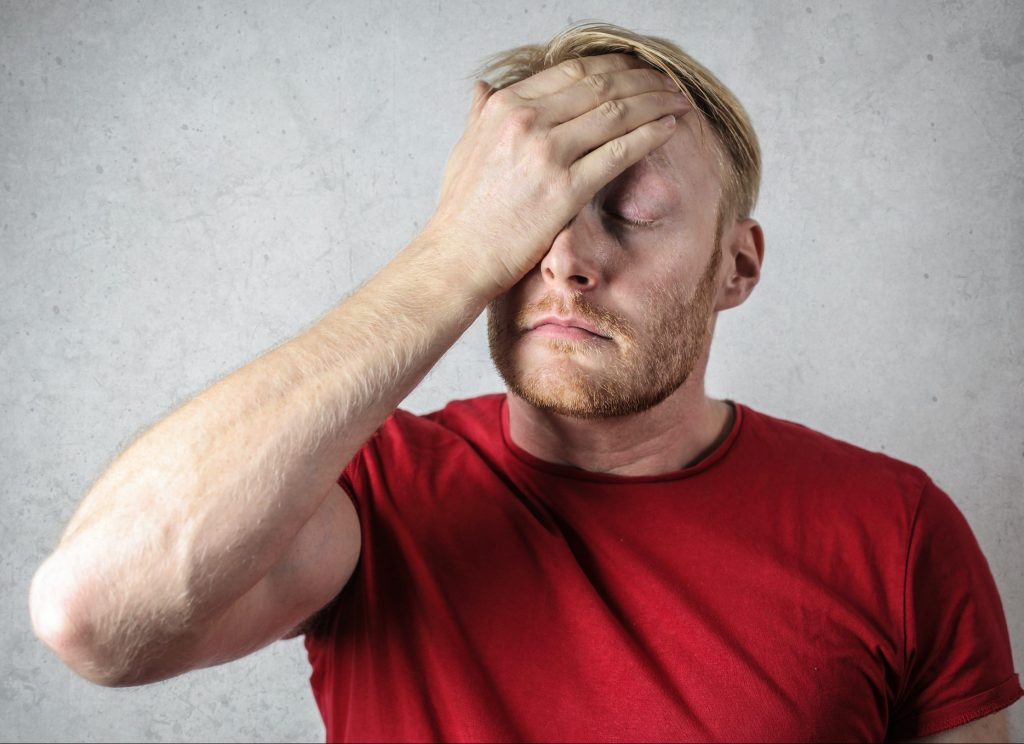
Headaches/ Migraines
Nine out of ten Americans say that they suffer from headaches. Some of these people experience headaches frequently. Some experience constant headaches that are very painful. These can even make a person nauseous. Ninety-five percent of headaches are tension, migraine, or cluster headaches. These types of headaches are not caused from a disease, but from something in your body that is not sitting correctly.
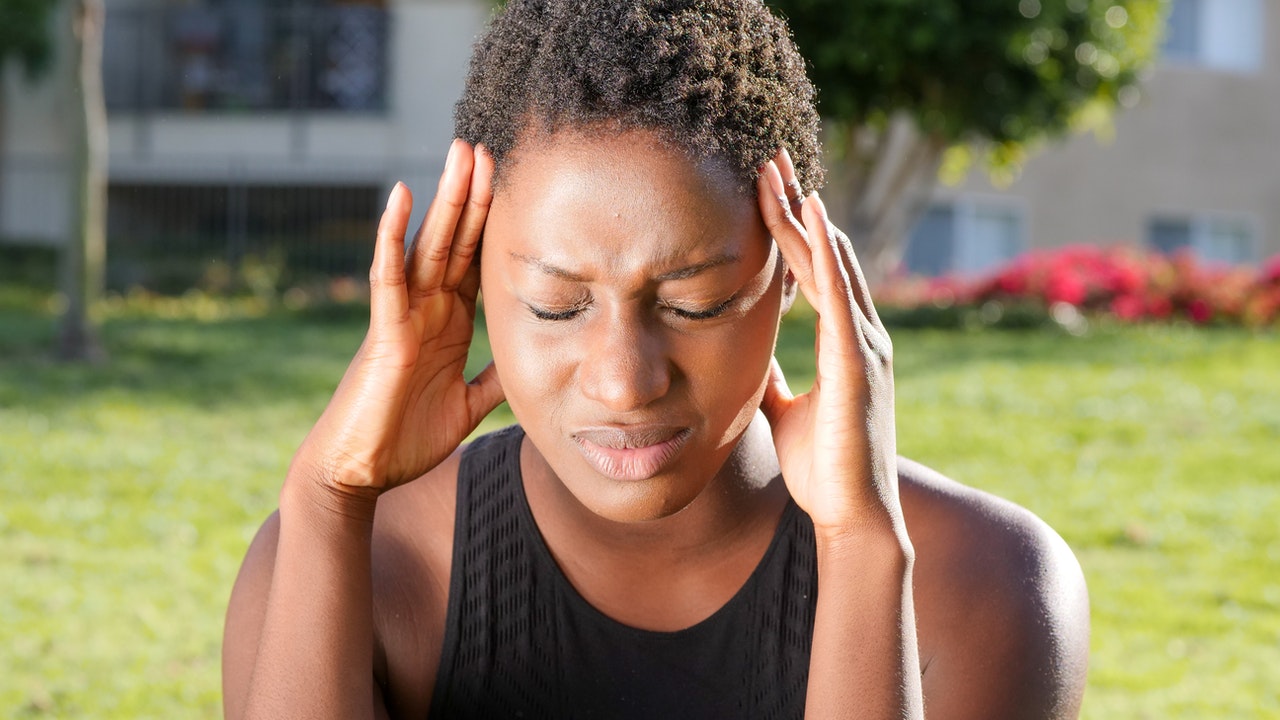
Menstrual Headache
Why do I have headaches during my period?
Menstrual migraines are migraines that occur usually two days before to three days after the period begins. They are thought to be brought on by the decrease in estrogen levels that happens before the menstrual period begins.
How can I stop period headaches?
Treatment for getting rid of a menstrual migraine in the acute setting, is the same as treatment for migraine occurring at any other time. Preventive therapies for menstrual migraine can be either a nonspecific preventive therapy, much like the ones used to treat an episodic or chronic migraine or specific, hormone-based treatments. Hormonal treatments may be recommended by your OB/Gyn doctor to prevent menstrual migraines.
What does a menstrual migraine feel like?
A menstrual migraine feels similar to a classic migraine; the only difference is its association with the menstrual period. Patients often complain of a pulsating headache, light and sound sensitivity, nausea, fatigue, and dizziness.
What is a migraine with aura?
Migraines are headaches that can affect adults as well as children. They are more common in women than in men. Migraines with aura are usually associated with the following:
- Throbbing head pain that lasts from 30 minutes to 3 days.
- Unilateral location, meaning that it affects 1 side of the head.
- Nausea and sometimes vomiting
- Light and/or sound sensitivity
- Aura- feeling that happens before or during the migraine headache. In many cases, it affects the vision. Patients often see flashing lights, zig-zag lines, bright spots, or experience a loss of sight in part of their vision. Other common auras are a sense of numbness and tingling on one side of the face or body.
Migraines without Aura
The most common form of migraine is the migraine without aura. They can affect adults as well as children and are more common in women than in men. Migraines with aura are usually associated with the following:
- Throbbing head pain that lasts from 30 minutes to 3 days.
- Unilateral location, meaning that it affects 1 side of the head.
- Nausea and sometimes vomiting
- Light and/or sound sensitivity
What is a Post-Covid-19 Headache?
Headaches after recovering from Covid-19 may linger and are known as Post-COVID 19 headaches. In some patients, these severe headaches only last a few days. For others, they can last months. Many describe the pain as pressure that encompasses the entire head. Patients who are experiencing this often see a doctor for the management of their new daily persistent headache.
request an appointment
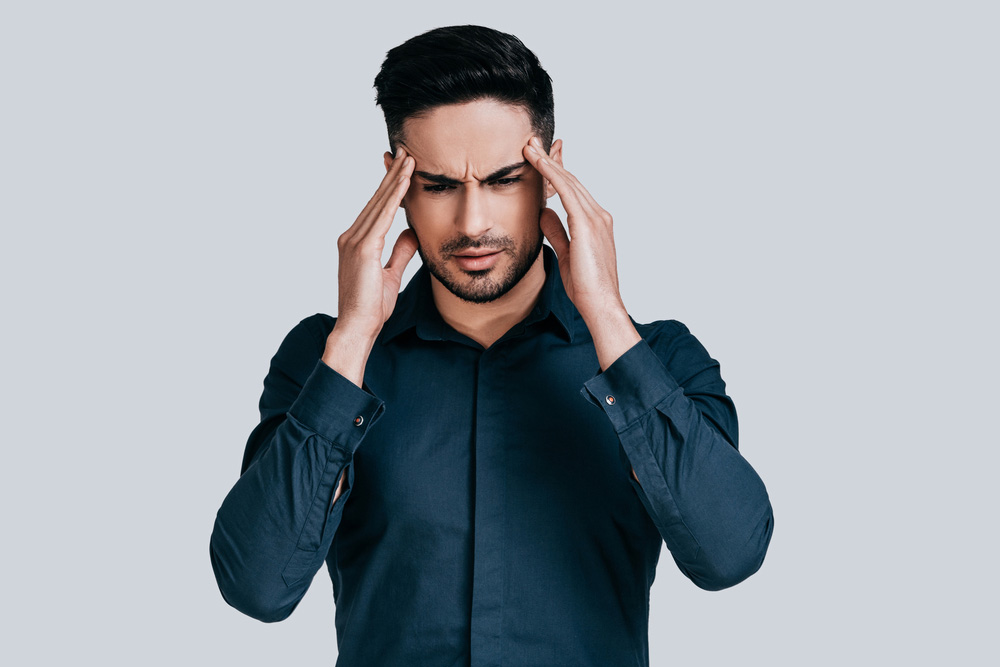
Cluster Headache
Who gets Cluster Headaches?
They mainly affect males.
What is a Cluster Headache?
They occur on one side of the head and consist of severe stabbing pain, lacrimation, rhinorrhea and/or nasal congestion. An attack can last for 15 minutes up to 3 hours. They can occur every other day up to eight times a day. The attacks may persist for several weeks followed by a period of remission.
The exact cause of cluster headaches is not completely understood. The most widely accepted theory is that it is caused by an abnormality in the hypothalamus. Cluster headaches are not brought on by triggers as are often the cause of tension and migraine headaches. Alcohol tends to make an existing cluster headache worse, however. Many people who experience cluster headaches avoid alcohol during a cluster period.
How do I get rid of a Cluster Headache?
There is no cure or prevention for Cluster Headache at present however, there are ways of treating the acute attacks.
Fast Acting Treatments
Oxygen – Inhaling 100% oxygen through a mask provides relief in about 15 minutes for most people. It is a safe method of treatment however, most people do not have access to a canister of oxygen. This treatment is therefore usually administered in the Emergency Room setting.
Emgality – is the one and only CGRP (calcitonin gene related peptide) antagonist that is approved for the treatment of episodic cluster headaches. The patient would take the first injection of Emgality at the onset of the cluster and then again 30 days later for the duration of the cluster.
Triptans – The injectable form of sumatriptan (Imitrex), is also an effective treatment for acute cluster headache.
request an appointment
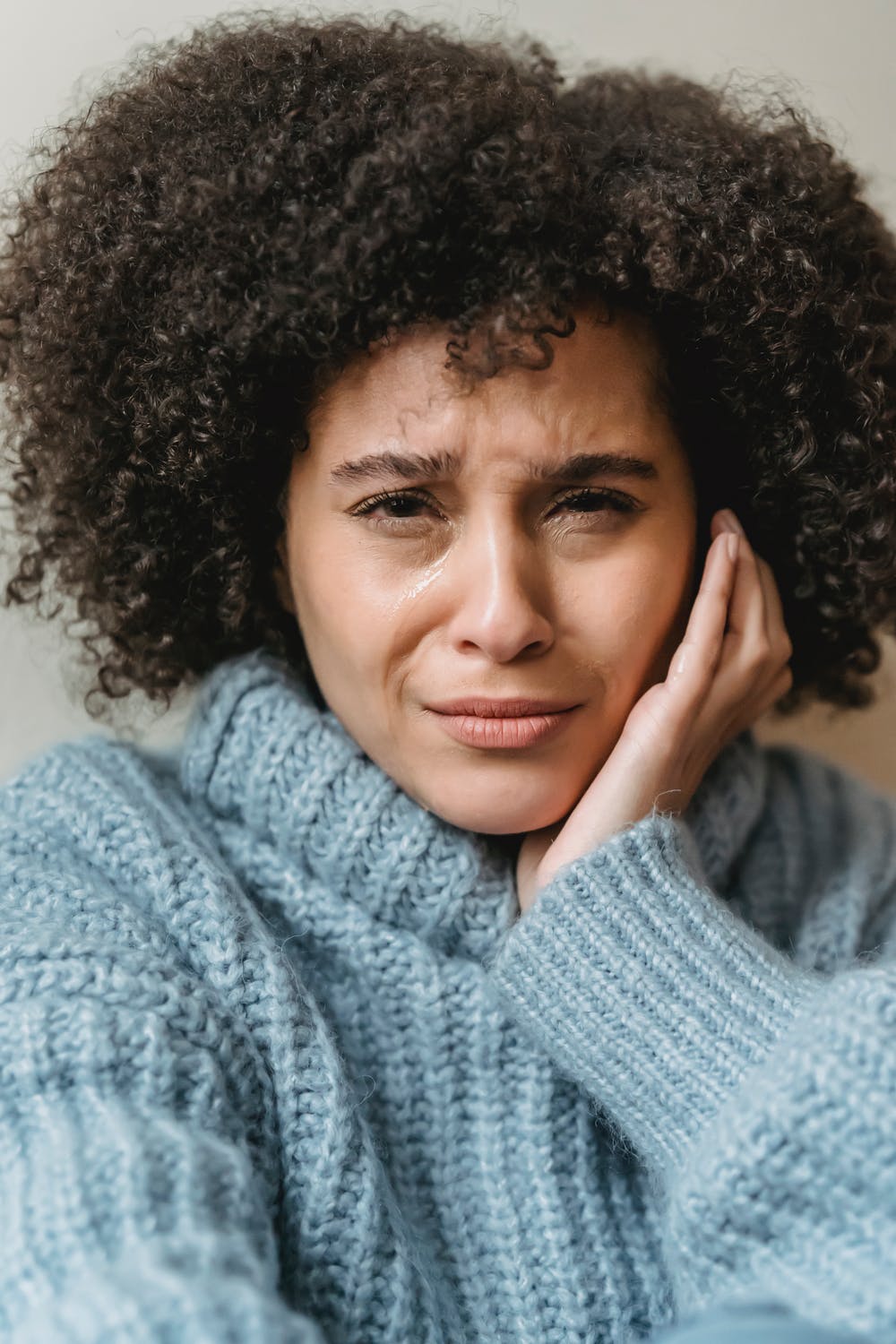
Tension-Type Headache
Tension-type headache (TTH) is the most common headache type. It typically presents as a mild to moderate, bilateral, non-throbbing head pain. It can be associated with muscle tenderness in the head, neck, or shoulders. Stress and mental tension are the most common causes for TTH. Migraine and TTH as a migraine may cause or aggravate TTH in people who have both types of headaches. Please make an appointment with us today to discuss how we may get you on the road to recovery!
